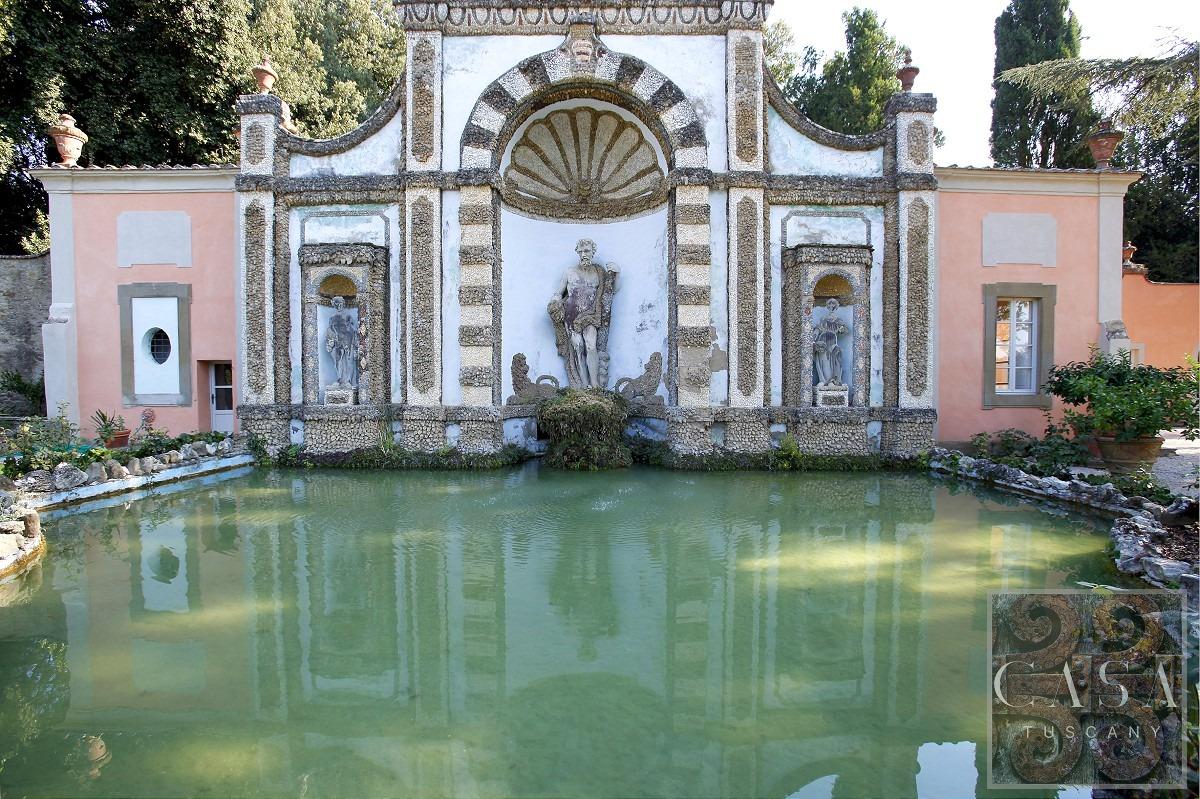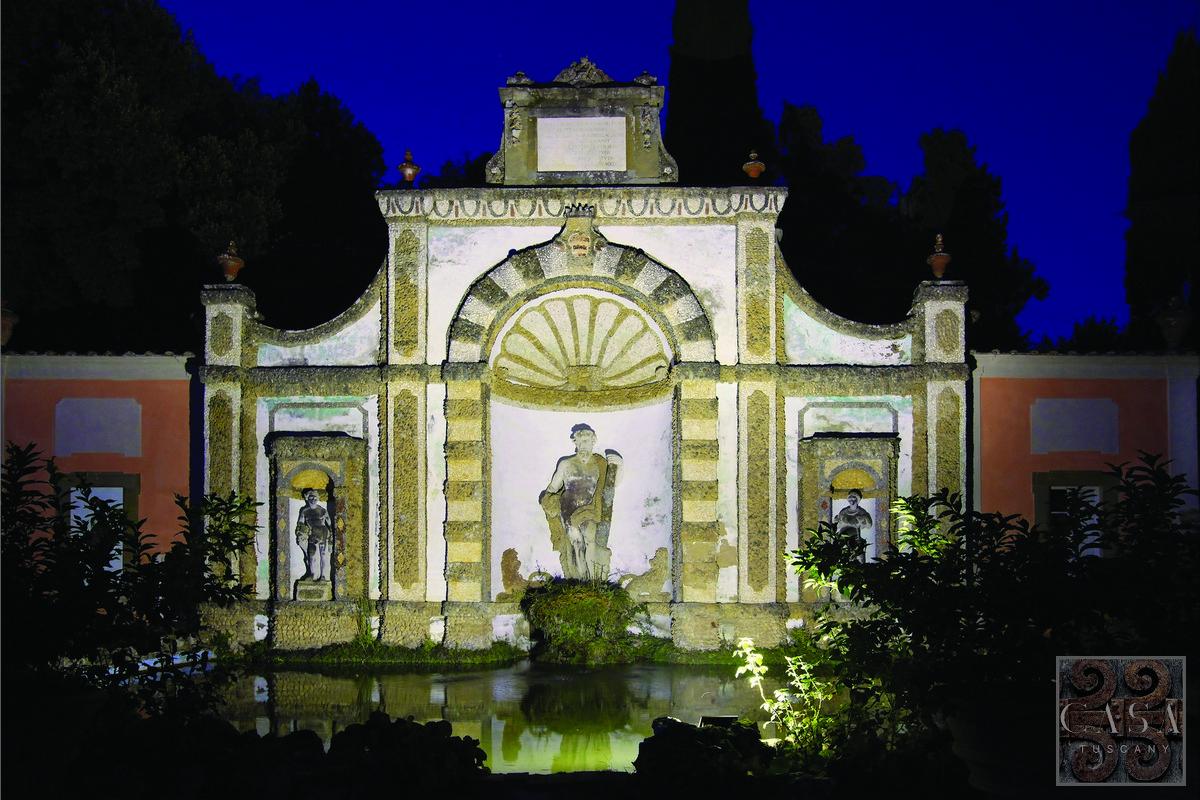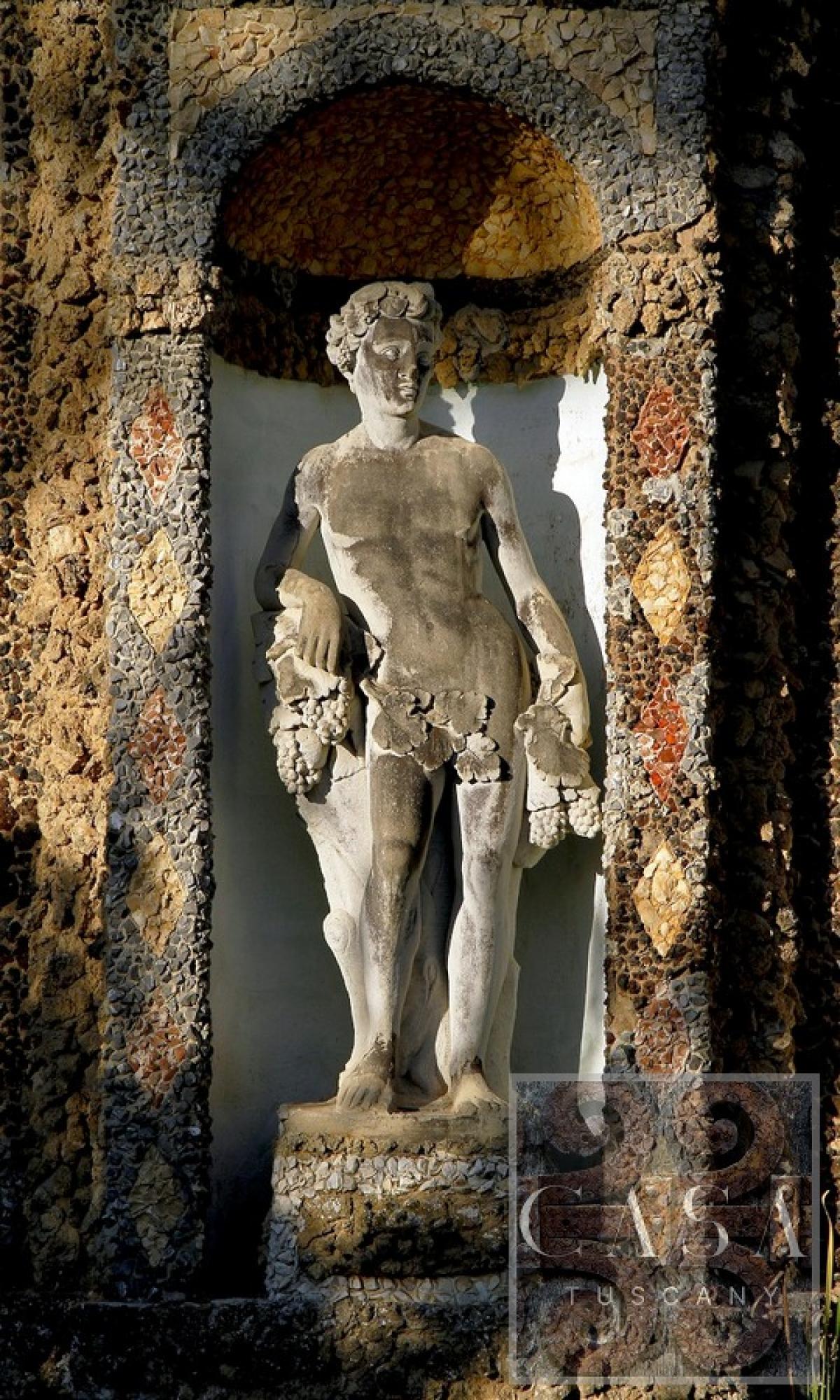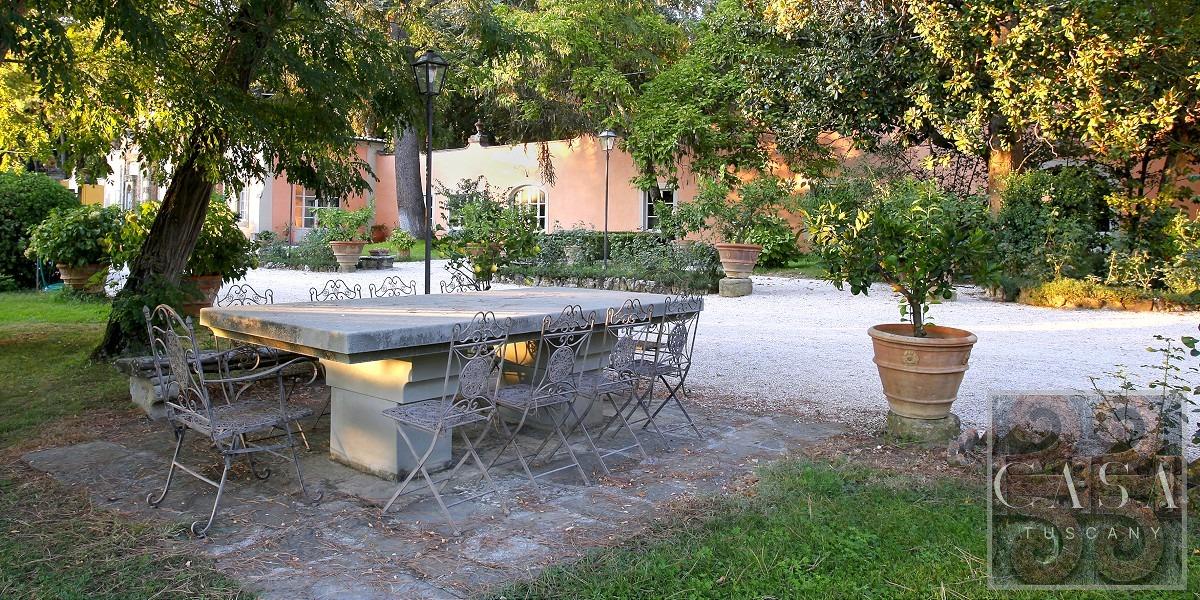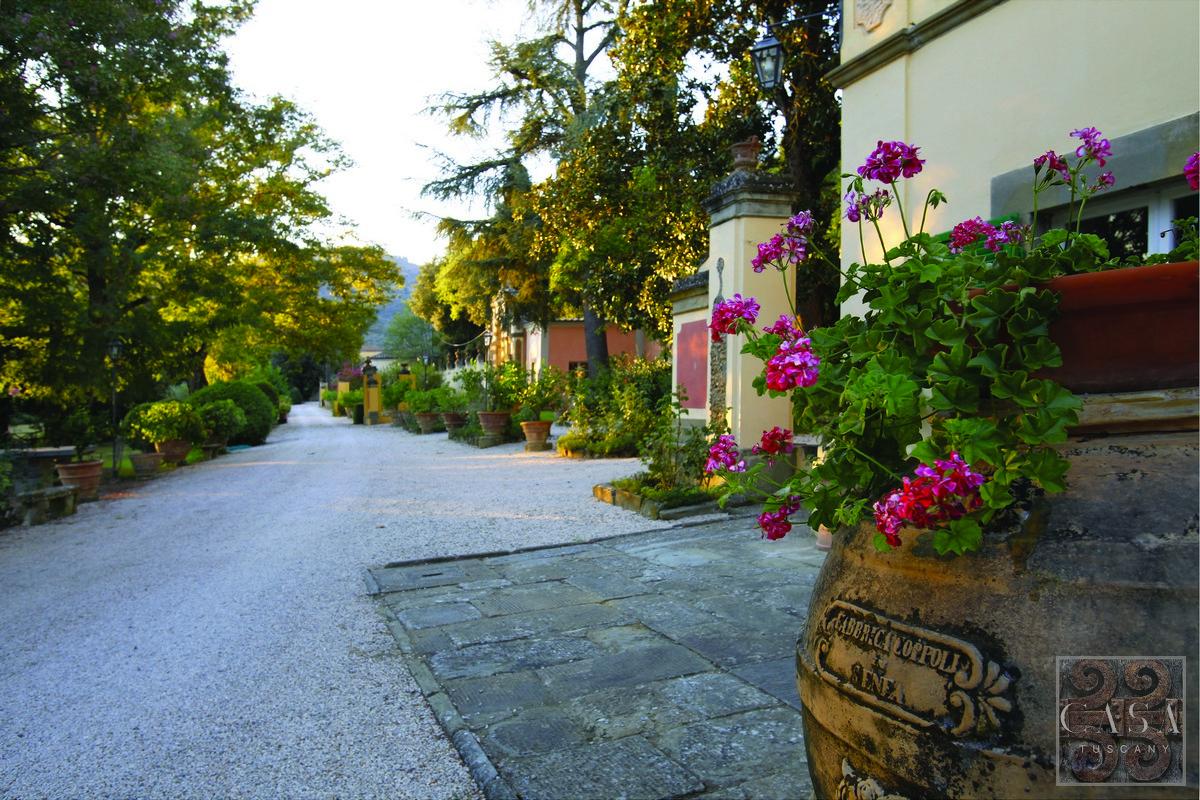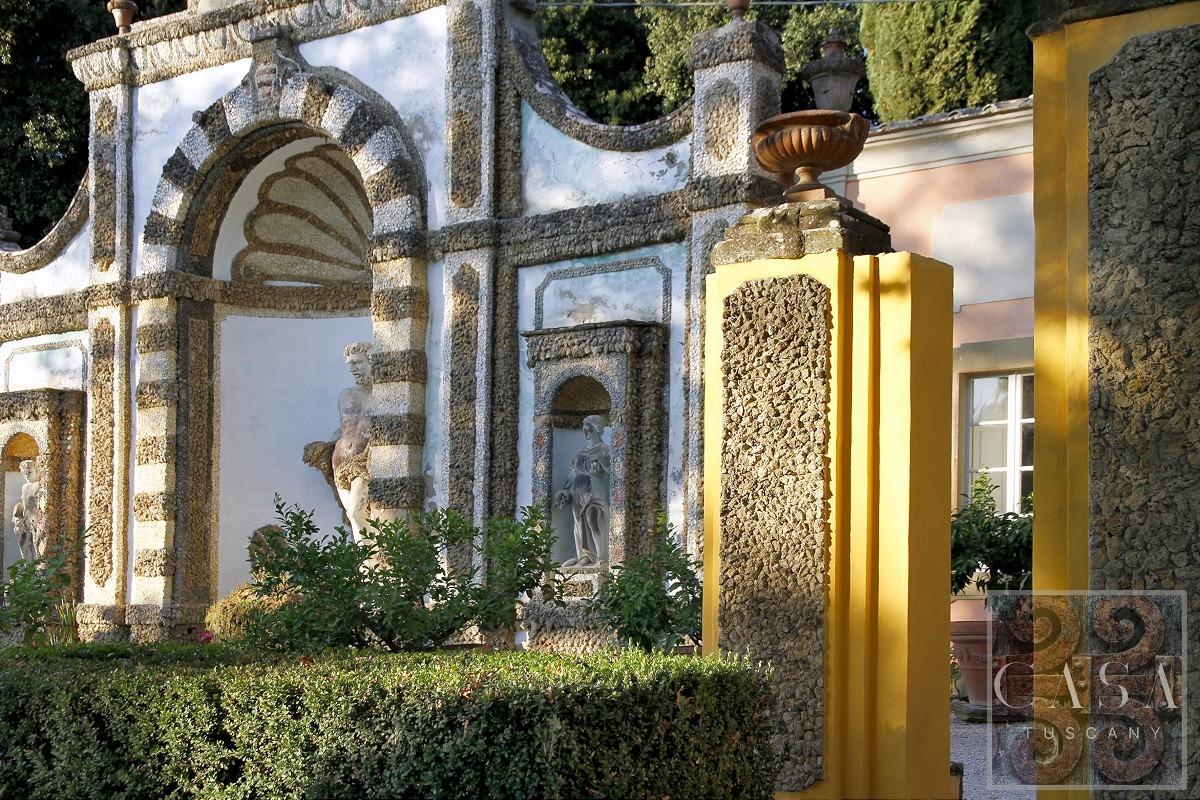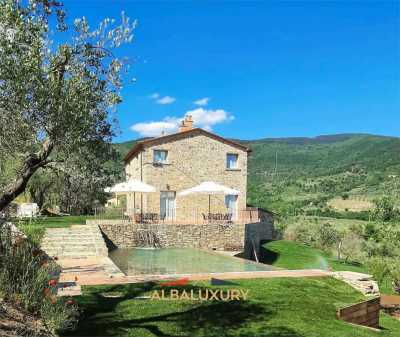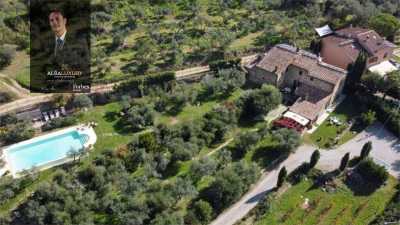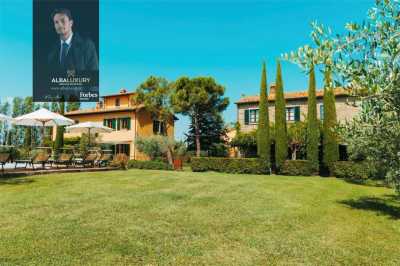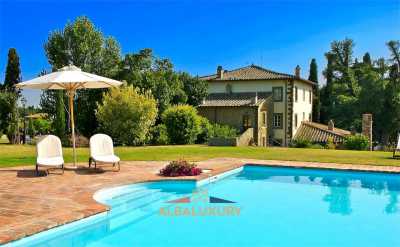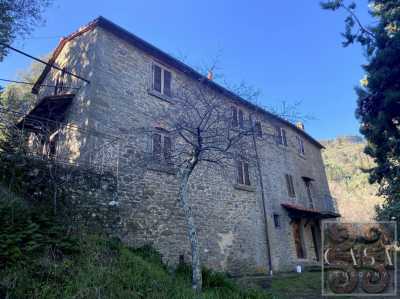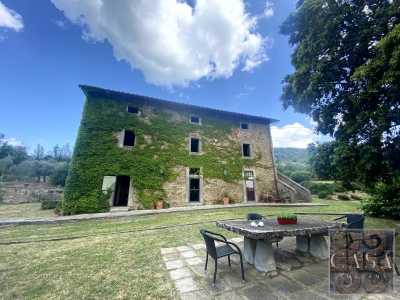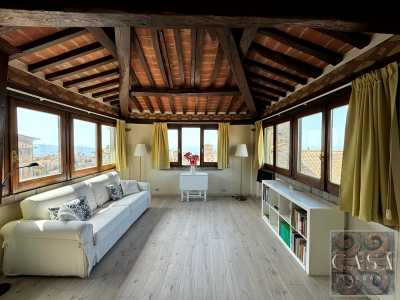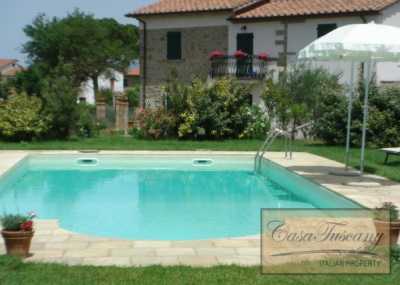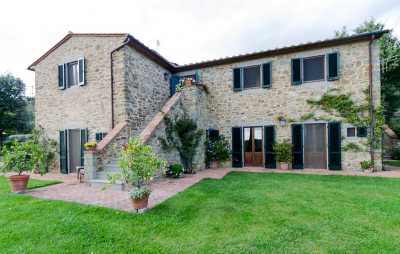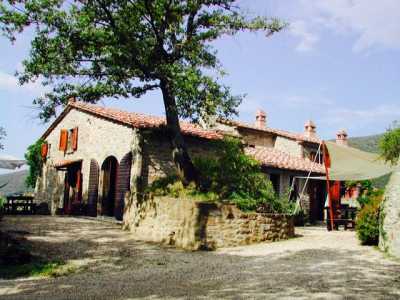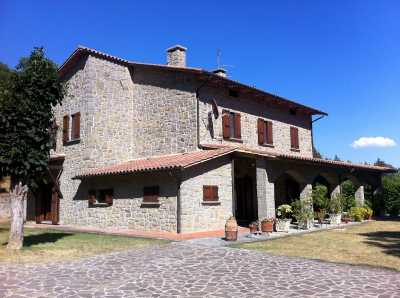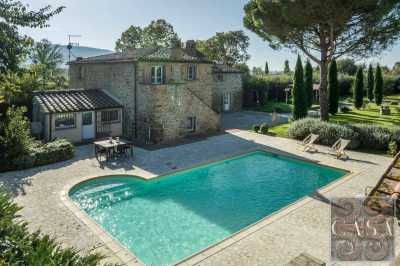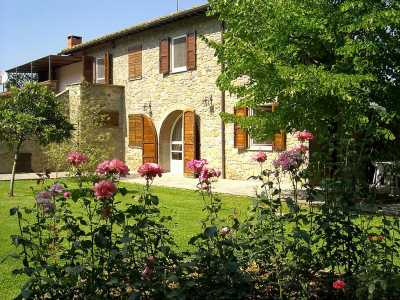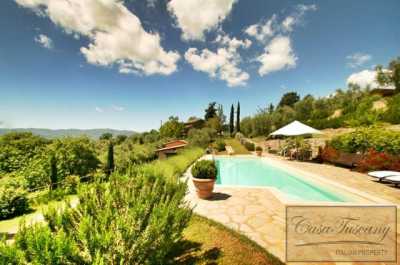Home For Sale
€4,500,000
Cortona
Cortona, Arezzo, Italy
8bd 8ba 2,116 sqm
Year Built: 0
Listed By: Casa Tuscany Holdings Ltd
Listed On: 07/21/2024
Listing ID: GL11153916 View More Details

Description
FURTHER PHOTOS ON REQUESTA breath-taking property near the wonderful town of Cortona.
Cortona and its surrounding countryside is a stunning area that sinks its roots back into an astoundingly long existence. Cortona has been continuously inhabited for over 2700 years and evidence of every historical period since the Etruscans and then ancient Romans can be found in buildings in the town, providing a multitude of opportunities to visit cultural heritage sites within a short drive of the Villa.
Cortona is also conveniently located to visit many other famous sites such as Florence, Chianti, Montepulciano, Siena and Todi, providing a nearly endless list of neighbouring areas to be visited.
Historical context
The original version of the Villa itself dates back to the 16th century and was passed on by Saint Filippo Neri of Cortona to the Tommasi family 200 years later, and a historical drawing of the structure at the time can be still found inside the Villa.
The Property
The Villa itself is a small world unto its own, a wonderful example of a patrician family's country property that has evolved very gradually over the centuries.
It has the hallmarks of a fine Tuscan property. It is surrounded by tall, attractive walls and covers an area of 4.5 hectares (9.8 acres).
Besides the impressive main villa, there are several other smaller yet beautiful and functional buildings such as a private chapel, a limonaia (a greenhouse dedicated specifically to providing winter shelter for lemon trees), a series of cellars and an astounding Baroque fountain complex and reflecting pools from the 1700s. The Villa's lawns are adorned not only by many statues and plants, but also by both a swimming pool and tennis courts.
The property also includes 10 hectares (25 acres) of a separate and yet nearby piece of agricultural land where the Villa's olives and grapes are grown.
The Villa once belonged to the Tommasi family, one of the most distinguished noble families within Cortona's history. The Villa was passed down through the generations from one Count Tommasi to the next. Many parts of the Villa have been recently restored, fully respecting the structure and spirit of this historical property.
In short, the property combines elegant Italian architecture with the famed la dolce vita, and has all the elements and amenities that one could desire in a luxury Tuscan country property.
The Main Building - The Villa
The heart and main feature of the property is the Villa, which has maintained its original aspect of the 1700s throughout the centuries.
A wide, double staircase leads to the main entrance and looks out over the gardens, with its statuary and geometrical hedges. Typical of the Tuscan style for important manor houses, the Villa is a three storey, sizable rectangular-shaped building characterized by a simple elegance. The main entrance is located at the first floor under the family crest, and is accessible via the grand double staircase. The building has 28 rooms that have been recently restored; while features such as the marble fireplaces and the trompe l'oeil frescoes have remained purposefully unaltered.
A particularly important room within the Villa is a private chapel dedicated to the Virgin Mary,embellished with period frescoes on the ceiling.
The ground floor, which is the main entrance reached via the double staircase, has always been dedicated to the functional such as the kitchen, the laundry room and cellars, a study, as well as an extensive hall at the entrance and a dining room. The rooms all boast beautiful terracotta floors and ceilings with wooden beams.
The first floor is accessible from the monumental staircase plus internal stairs linking the various floors. On this floor is a vast hall with a stunning coffered ceiling and a marble fireplace, making it the grandest room in the Villa. Adjacent to this room is another smaller yet equally handsome hall, with frescoes representing hunting scenes and the room's original floors.
This floor also hosts three bedrooms with their respective bathrooms. The configuration of the second floor is similar, divided between large and impressive public rooms, bedrooms and their respective bathrooms, plus a library and a living room. All of the main rooms have delicately decorated walls and coffered ceilings.
Additionally, the villa has an attic that can be reached via on the second floor.
The Stable
What once used to be a stable is today a two storey building: the ground floor consists of a wine cellar and a basement, while the first floor has a hall with a marble fireplace, a bathroom and a kitchen with a stone fireplace. Near the structure there is a covered area where the ancient oak trees have been incorporated and a wood-burning oven is present.
The Limonaia and the Magnolia
Aristocratic Tuscan families often built a limonaia on their property - a building created specifically to house their lemon trees and pots during the winter. This property is no exception and has an exceptionally large structure dedicated to this function.
Adjacent to it is the magnolia building, named after the tree in front of it. It was once used to display vintage cars. This long and narrow space has now become a perfect location for parties, thanks to the warmth created by the brick ceiling with wooden beams, terracotta floors and terracotta heaters. Also the numerous windows facing the greenery allow the hall to be sunlit throughout the day.
The limonaia is a structure on the right side of the villa aligned with the boulevard. The ground floor has a broad hall, two smaller rooms with arched entrances together with two bathrooms. The hall is ivory colored, with two large wooden beams on the ceiling and terracotta floors with marquetry of light stones. There are two grand bedrooms, a bathroom and a dining room with a fireplace.
The Garden
The garden still resembles drawings of it from the 1700s. There is an elaborate fountain known as a Nymphaeum. It has a series of reflecting pools period, statues and decorations in rocaille style - a rococo style characterized by intricate rock, shell and scroll motifs.The garden has various elements that work together in a harmonious fashion, as is typical of properties of this period.
It has an oak-lined driveway, an orchard, a tree-lined road running from the Nymphaeum to the other side of the property, olive grovesand a broad lawn with pine trees planted centuries ago, flowers and a large plane tree.
A tennis court and a swimming pool are present as well.
The water supply, needed for the ponds, pool as well as all the greenery is guaranteed. This is thanks to the wells in the garden, but most importantly to a spring higher up in the property with a 60 m drop.
Property Feature
* annexes
* cellars
* chapel
* fireplaces
* fountain
* limonaia
* nymphaneum
* olives
* orchard
* ponds
* reflecting pools
* stables
* Swimming Pool
* tennis court
* tree lined avenue
* trompe l
* wells
* wine cellar


